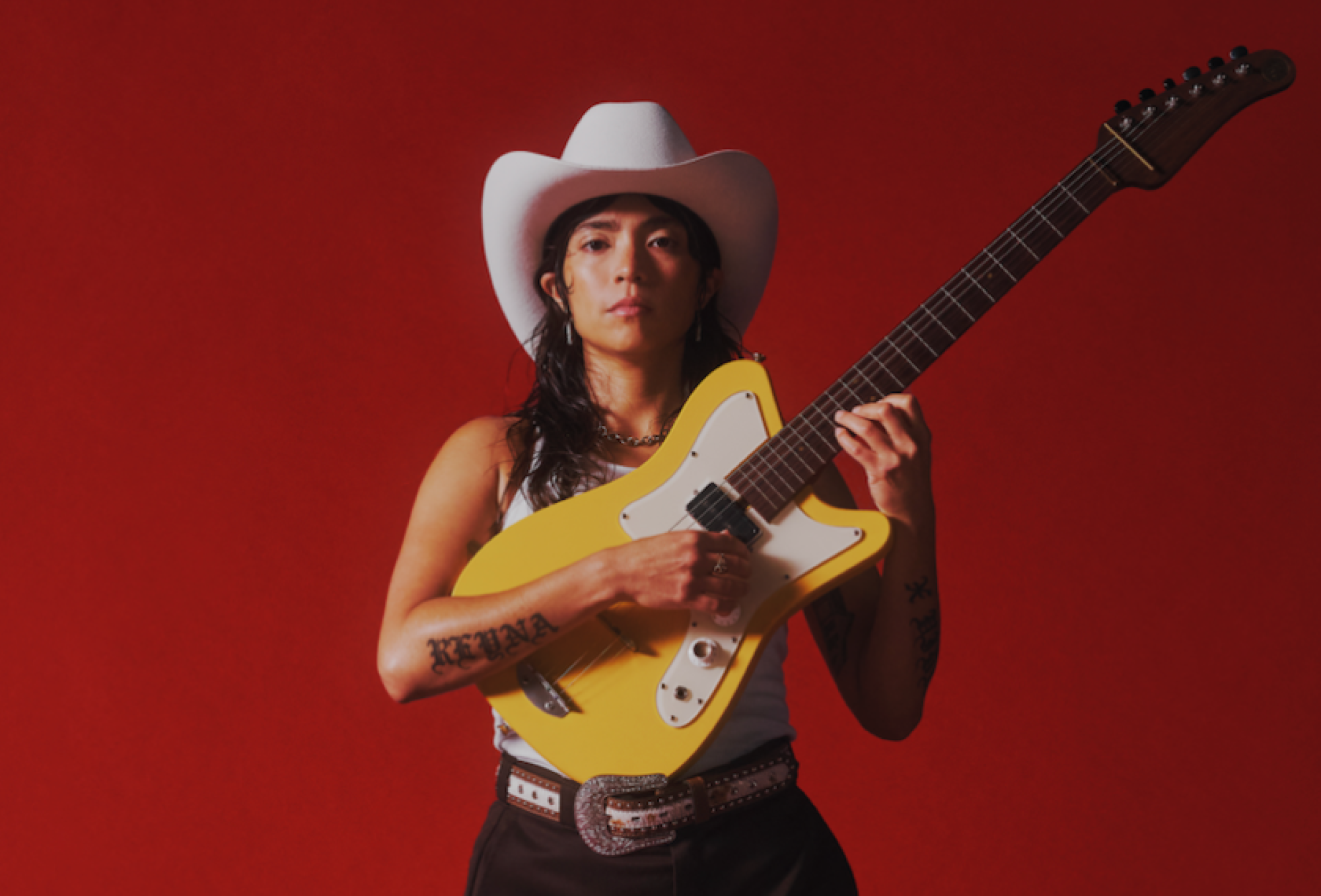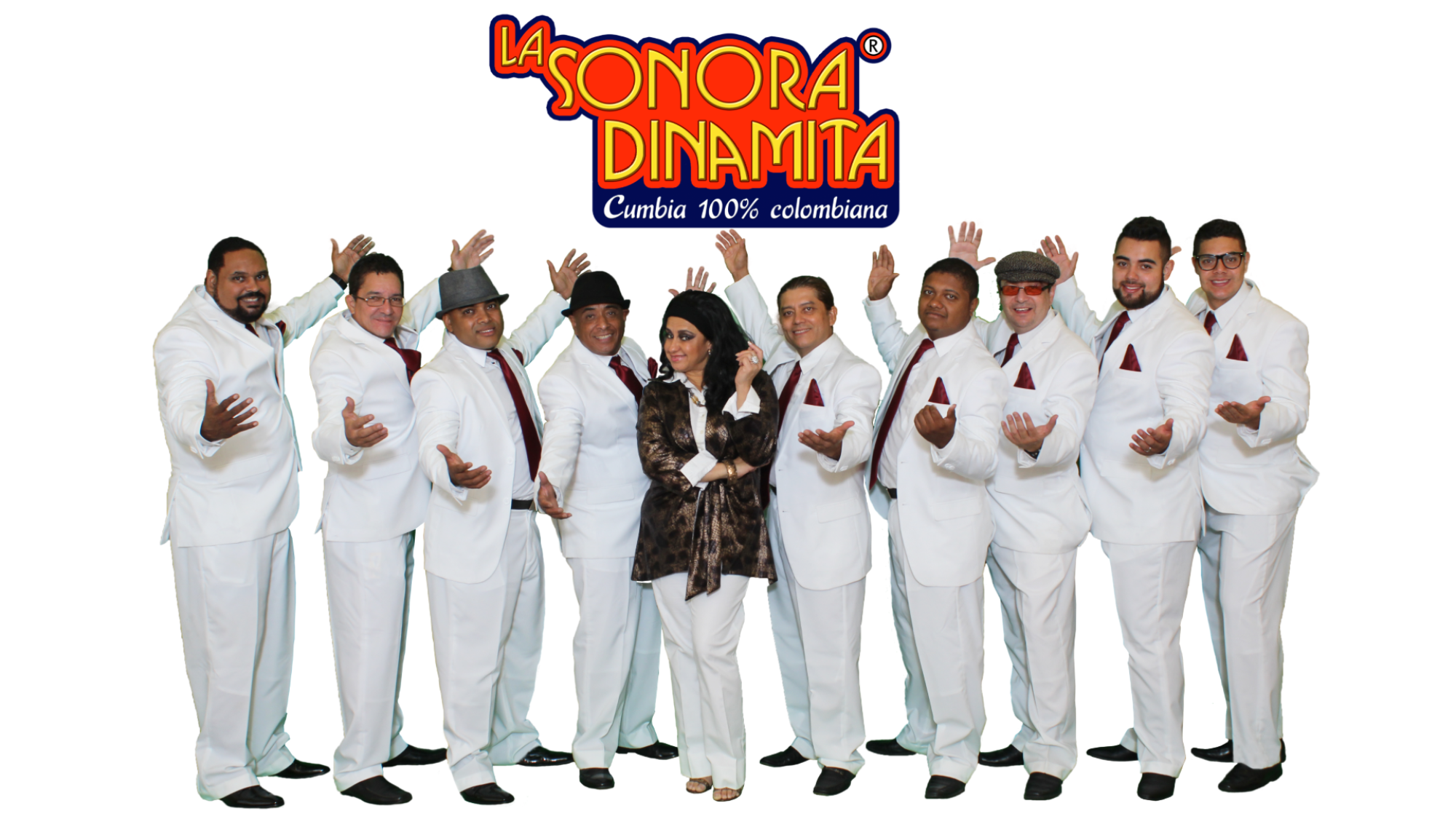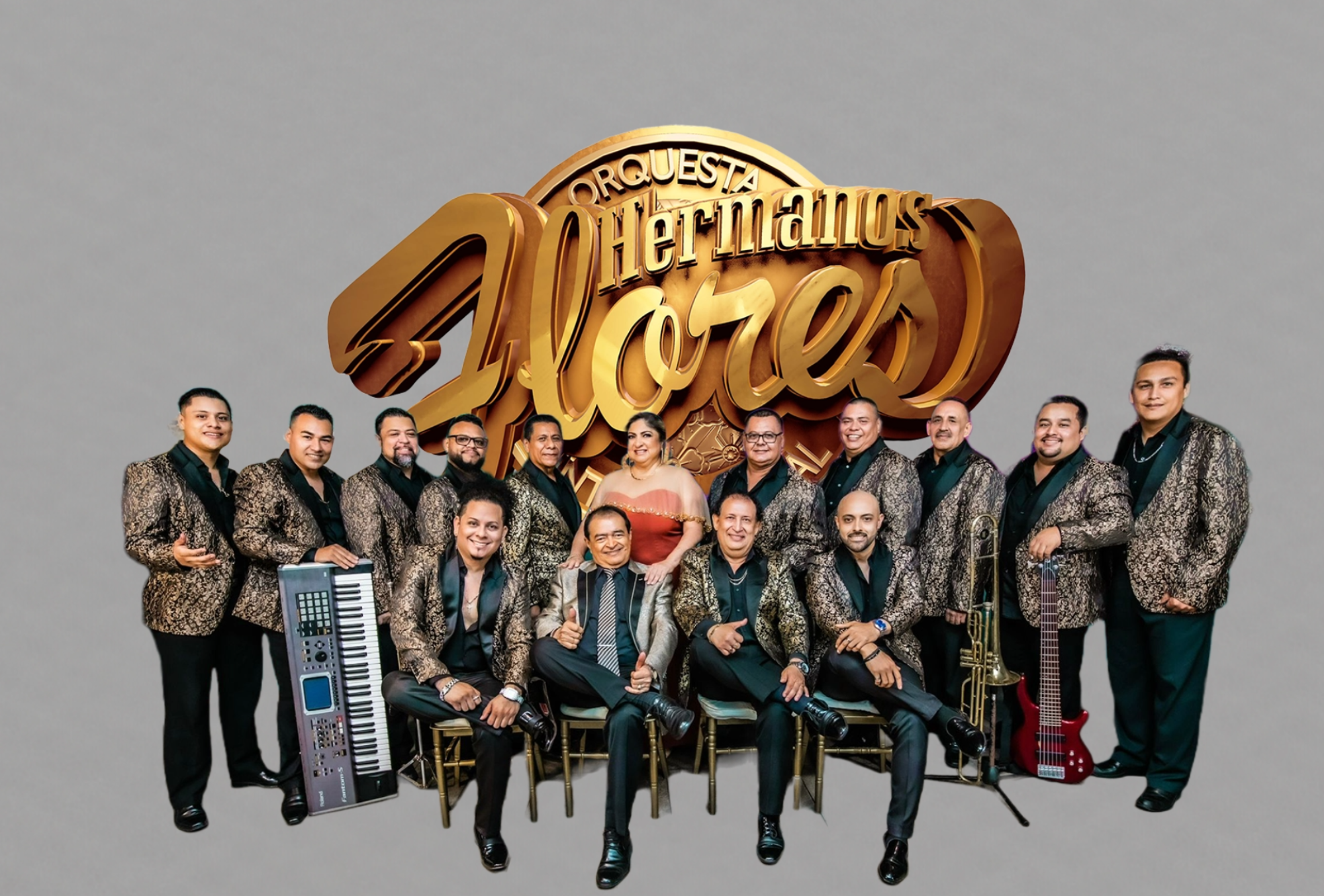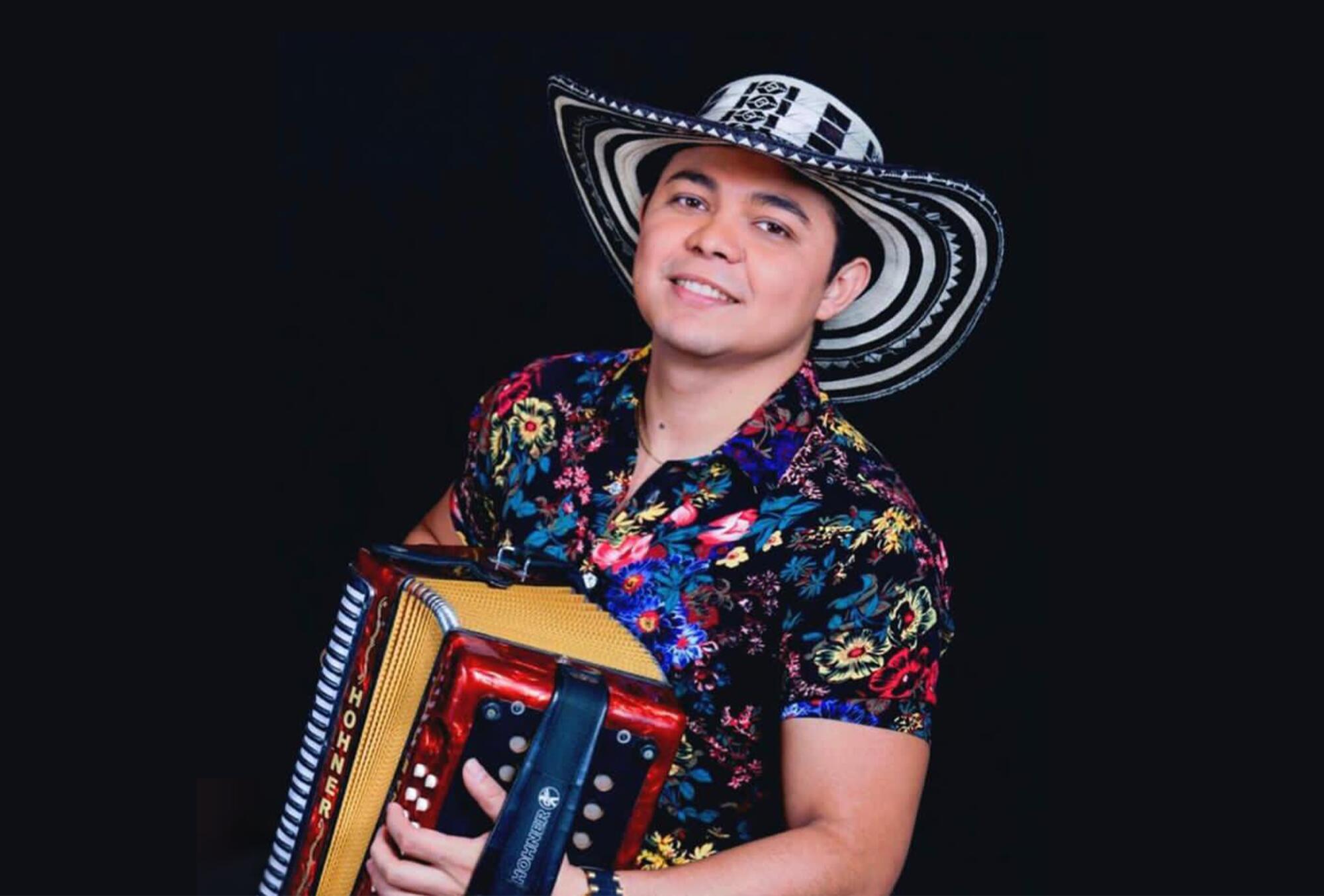The Hollywood Hills are alive again to the rhythm of cumbia.
Noche de Cumbia is back and bigger than ever, with shows at both the Hollywood Bowl and the Ford. Pioneers and innovators of the Latin music genre will take part in the two-week concert series. As güiro whistles, gaitas and live trumpets ring out across Los Angeles, Noche de Cumbia aims to celebrate its roots, embrace its variations and encourage a night full of dancing.
The beloved genre originated on the Caribbean coast of Colombia, where it incorporates a simple pattern of rhythms from the region’s Afro-indigenous communities. It became popular in the 1930s and 1940s.The style of music spread to other Latin American countries. As each region and country began to adopt an energetic style, the rhythms remained the same, but with specific twists. To this day, new types of cumbia, such as infusions of rock and pop, dominate Latin music.
Kicking off Saturday night at the Ford, artists including Los Gayteros De San Jacinto, one of the genre’s first touring bands, and Reina Tropical, which centers its sound around activism, will share the stage and create a sweeping look at cumbia’s history. Co-presented by Cumbiaton, a Latin music collective and party series, the night will also highlight the marimba-rock of Son Rompe Pera and the soulful accordion sounds of Jason Landero.
On Sunday night, the iconic Hollywood Bowl skyline will be filled with musical stylings from Colombian, Salvadoran and Mexican artists, including Humberto Pabón’s father-son duo Grupo Cañaveral and the orchestral sounds of La Sonora Dinamita and Los Hermanos Flores. Also performing will be Yeson Landero and Los Gayteros De San Jacinto.
In addition to programming at Hollywood amphitheaters, cumbia is presented throughout the city as part of Cumbia WeekEvents will take place daily until September 27 and range from a marimba workshop with the band Son Rompe Pera to a documentary screening at the Mexican Consulate General.
Watch Cumbia Night events at two popular Los Angeles venues
Go
Son of Rompe Pear
Based on hollow marimba melodies, Son Rompe Pera brings a rebellious punk spirit to the Afro-indigenous rhythms of cumbia. Hailing from the municipality of Naucalpan de Juárez, Mexico City, the band consists of the three Gama brothers—marimbist and guitarist Allan “Mongo,” marimbist Jesús “Cacho,” and percussionist José Ángel “Quilos”—as well as bassist Raúl Albarrán and drummer Ricardo López. As they experimented further with the marimba, an instrument taught to them by their late father, they inadvertently created this rock-style cumbia fusion.
“We weren’t looking for how to make that sound. It just happened because we played and traveled with (Chilean cumbia group) Chico Trujillo and we stumbled upon it,” Allan “Mongo” Gama said. “Now we’re really happy because it makes us want to work harder to make this kind of music.”
When he recalls playing the marimba at weddings and quinceañeras as a child, he remembers the intense emotions he felt when listening to Mexican cumbias. He says “there’s always something that moves you in the sound” and he hopes to recreate that energy.
“Sometimes we think (their shows are) going to be a quiet party and it always gets crazy and everywhere we’ve toured everyone has a lot of fun when we play. And honestly, we do too,” he said. “If people are going through a bad time, sometimes our shows help them get rid of that stress.”

Tropical rain
Fabiola Reina of Reina Tropica “doesn’t make cumbis.” Instead, her sound “embodies the sound of freedom” and highlights cumbia’s roots as the sound of African and indigenous communities. The Mexican-American singer says drawing attention to her origins through her music is the least she can do.
“My own experience as a brown woman from the border has always been very political,” she said. “I was born with that outlook on life. So finding sounds like cumbia that were made for freedom, it’s incredibly enriching and fulfilling.”
The group began as a duo with Reyna and producer Nectali “Sumohair” Diaz. Died in 2022Telling tales of strange love and heartbreak on his debut album, Malegria, Reina mixes bird-song melodies with eclectic percussion lines. The 32-year-old artist emphasizes the influence of the Latin diaspora in every song he creates, whether through lyrics or drum patterns.
“I think what is important about Afro-Mexican and Afro-indigenous innovation (the sounds of cumbia and reggaeton) are the Latin sounds that we hear, that are created and spread. For me, as a northerner and as an unusual person, the integration of the injustices of Afro-Latindad is important, something that I never feel, but that I see very well.
Hollywood Cup

Humberto Pabon Canaveral Group
From Corraleros del Majagual fame, Humberto Pabón Olivares and his son Emir Pabón continue their legacy in Mexican cumbia with Grupo Canavera. This group was founded in 1995 and is the artistic initiative of Emir Pabón, who is a singer-songwriter and main producer. He focuses on bridging the gap between his style and that of his father.
“I learned everything from my father, from performing music to recording music,” said Pabón. “With Grupo Cañaveral I want to create music without losing the essence of its sound, but leaving a new sound that younger generations are working on today.”
Recently, they have focused on combining different styles of Mexican music, such as corridos tumbados and mariachi, collaborating with Sonoran rapper Lefty SM and norteño singer Adrielle Favela. When she does these mixes with her father, she says the interaction between him and the audience is what makes them memorable.

Sound Dynamite
Every time La Sonora Dinamita singer Vilma Díaz performs, she looks forward to “Escándalo,” the band’s biggest hit. When the steady beat and powerful brass instruments begin to play, Díaz is usually greeted with loud cheers from the audience and he soaks up the energy. First formed in 1960, the Orquesta de Columbia is credited with helping to popularize cumbia and has always featured 10 brass instruments and a powerful female voice. Over the years, its lineup changed several times and Díaz joined as a vocalist in 1988.
“Sonora Dimamita is completely different from other cumbia groups,” Diaz said. “This is practically the mother of all the other gangs. All the kumbhis have the same rhythm, but the style varies from country to country. We were one of the first bands to play the original Colombian cumbia style around the world.”
Given the danceable nature of cumbia, she says she always tries to create a family-friendly atmosphere at shows. Having played at the 2017 Hollywood Bowl, she comes to this weekend’s show with high expectations.
“The Bowl had a beautiful audience. Everyone was full of energy and dancing,” Diaz said. “I always treat the audience like family, telling jokes between songs and asking everyone to get up and move a lot with them, but in a very good way.”

flower brothers
Nora “Nori” Flores has dedicated the last 56 years of her life to Los Hermanos Flores, known for combining traditional cumbia rhythms with the jazzy sounds of the saxophone and trumpet. Ropa Salvador was founded in 1962 by her father, Don Andrés Rodríguez. Flores joined the band with her 10 siblings and began playing sax before becoming a singer. Today, she says, she looks forward to sharing her family’s story and her voice.
“In my country, if there is no cumbia at Christmas, there is no Christmas,” he said. “This is something very important for our country. Cumbia can never be lost in traditions or in memories in homes.”
Los Hermanos Flores is considered one of El Salvador’s most famous cumbia groups and is widely regarded as the country’s music ambassador. Today, Flores is one of three remaining members of the group’s family, along with a sister and a nephew.
“We are still leading the orchestra, so we are continuing with the same cumbia tradition as Los Hermanos Flores,” he said. “We hope to give our best.”
The Hollywood Bowl and Ford game

Jason Landero
One thing Jason Lando will always remember about his grandfather was his “desire to keep his music alive.” He is the grandson of Andrés Landero, the first musician to introduce wind instruments to cumbia. Growing up in Montes de María, just outside of San Jacinto, Colombia, Landero learned to play the accordion at the age of 7 and became his grandfather’s only music student. Trained in the musical traditions of the campesinos, Landero highlights these sounds with his own modern twist.
“One of the main advances (from my grandfather) was to create my own style,” Landero said. “Although I incorporate many traditional instruments, I often draw influences from around the world. I mix the accordion with the short flute and add the electric guitar and timbales.”
Since the release of his first album, Landero Vive, a tribute to his grandfather, the accordionist has dedicated his life to traveling and sharing his family heritage.
“I think my grandfather is celebrating in heaven, he is happy (and) with applause that Cumbia continues the same message of resistance and unity for all those who created it,” he said.

Disadvantages
Between each act, Cumbiatón fills the gaps. Responsible for keeping the energy high and the crowd on their feet, the diverse female collective’s artists play everything from psychedelic cumbias to Sonyders. As co-host of Ford’s programming, Cumbiatón founder Zachile Vásquez, aka DJ Sizzle, uses the breaks between artists as a way to share the bigger picture of the genre with the audience.
“We were able to tell the story of the evolution of cumbia from its roots in Colombia, to what became the fusion between Mexican, American, Chicano, soul, cumbia, and then back to a full-on cumbia party,” Vasquez said. “It’s really nice to see someone sitting in their seats.”
In 2017, Vásquez started Cumbiatón on a stage made out of milk cartons at a small bar in Boyle Heights. Her idea was to create a space for her friends to connect through Cumbia in a safe space for women, queer people, and people of color.
“I have never seen myself on stages like the Ford or the Hollywood Bowl,” Vazquez said. But the universe said, “My child, dream big.”
San Jacinto Pipers
Gabriel Torregrosa, director and drummer of Los Gayteros, says the Colombian band’s sound emphasizes “the most ancestral.” Since the 1950s, this traditional San Jacinto ensemble has embraced one of the world’s first cumbia sounds, air flutes and powerful percussion. To this day, the seven-member band prides itself on creating organic instruments.
“Our main instrument, the gaita, is made from cactus wood and beeswax,” says Torregrosa. “Even our maraka is made from a hollowed-out round fruit with a seed inside.”
Given the band’s longevity, many of the songs have been passed down through the generations, ensuring that this type of cumbia will always have a place in the modern sound.
“The most important thing is that this tradition will never die,” Torregrosa said. “We have a great commitment to spreading our sound, learning our music, our craft and bringing that legacy and heritage to as many places as possible… never letting people forget the tradition and indigenous roots of cumbia.”
